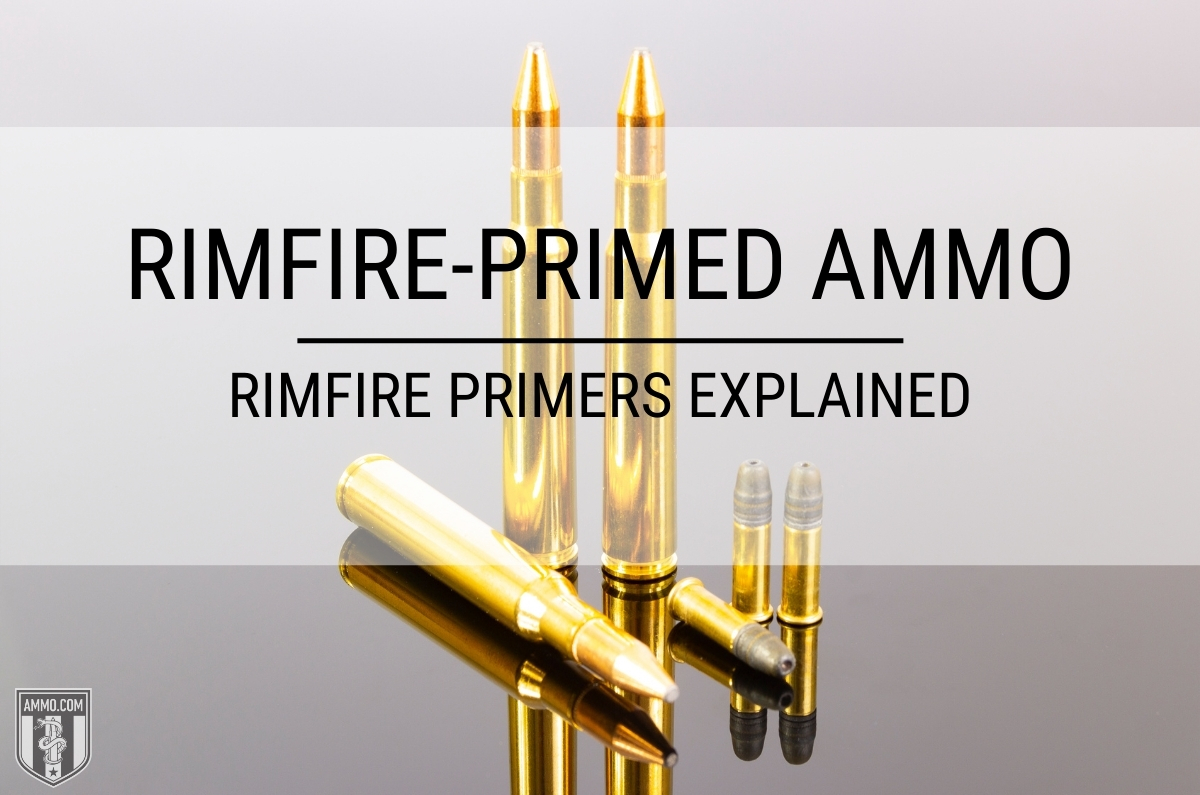The 6-Second Trick For Rifle Primers
Table of ContentsThe Ultimate Guide To Remington PrimersThings about Reloading PrimersNot known Facts About Small Pistol PrimersThe Single Strategy To Use For Cci PrimersSee This Report about Small Pistol Primers
Some muzzleloaders have guides like cap gun caps. https://coub.com/andrew-jaeger.
In artillery the guides are frequently a separate component, put inside the barrel to the back of the main propellant chargebut there are other instances of weapons, including for instance some automatic weapons, designed to shoot cartridges with indispensable electrical guides.
Our Remington Primers Statements

With the advent of hand-held weapons, this ended up being an unfavorable means of firing a weapon. Holding a burning stick while attempting to pour a fee of black powder carefully down a barrel is dangerous, as well as attempting to hold the weapon with one hand while all at once aiming at the target and also looking for the touchhole makes it very tough to fire properly. The very first attempt to make the process of firing a tiny arm much easier was the "matchlock".
, and also dried out. After the gun was filled as well as the touchhole keyed with powder, the burning suggestion of the match was placed so that the lock would certainly bring it into call with the touchhole.
Some Of Primers For Sale
This brought the suit down to the touchhole, igniting the powder - https://relodprim3rs.shutterfly.com/. With mindful focus, the slow-burning suit can be kept shedding for lengthy durations of time, and also the use of the lock system made fairly precise fire feasible. The following revolution in ignition innovation was the "wheel-lock".

The protected flashpan additionally supplied some capability to hold up against bad climate. The wheel-lock appreciated only a brief period of popularity before being superseded by a simpler, more durable layout.
What Does Remington Primers Mean?
As the name suggests, the flintlock utilized flint instead of iron pyrite. The flint was kept in a spring-loaded arm, called the "penis" from the resemblance of its motion to a pecking poultry. The dick revolved via about a 90-degree arc and was held in the tensioned, or "cocked" placement by a trigger. https://anchor.fm/relodprim3rs.
The "half-cock" position held the cock halfway back, and also used a deep notch to make sure that shooting would not release the dick. Half-cock was a security placement, used when loading, keeping or carrying a crammed flintlock. The "full-cock" placement held the penis completely back and was the placement where the weapon was fired.
It acted as both a flashpan cover as well as a steel striking surface area for the flint. The frizzen was hinged and spring-loaded so that it would secure the open or closed placement. When shut, the striking surface area was positioned so that the flint would certainly strike at the appropriate angle to generate a trigger.
What Does Winchester Primers Mean?
The flintlock system was easier and more powerful than the wheel-lock, and the flint and also steel supplied a good, dependable source of ignition. The flintlock stayed in army service for over 200 years, and flintlocks are still made today for historical re-enactments as well as muzzle-loading target competition, and also for seekers who delight in the extra challenge that the flintlock gives.
By the center of the 19th century, the percussion or caplock system was well established., as it was simpler as well as more trustworthy than the flintlock.
The flashpan and frizzen were gotten rid of and replaced by a small, hollow straight cylinder (drum) screwed into the bored-out and tapped flash hole and also carrying a "nipple area" over which the cap might be fitted. A "hammer" which also had half-cock (for filling and also using the cap) and also full-cock positions replaced the cock.